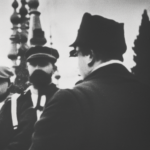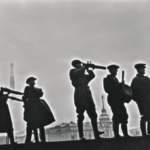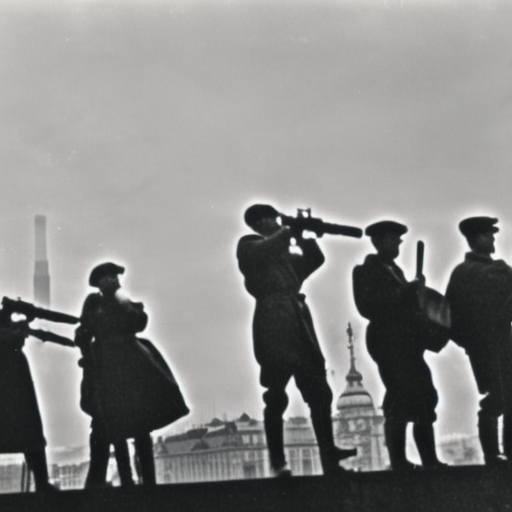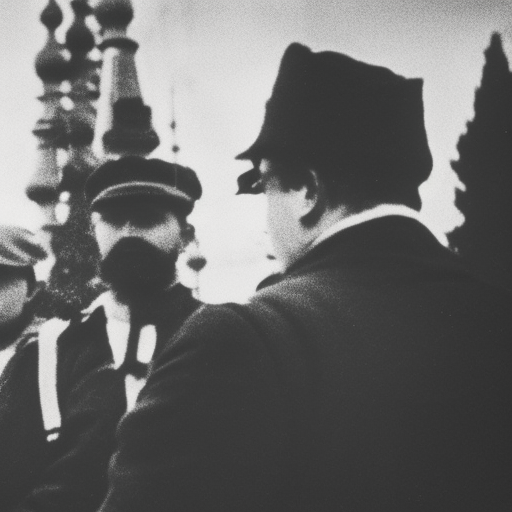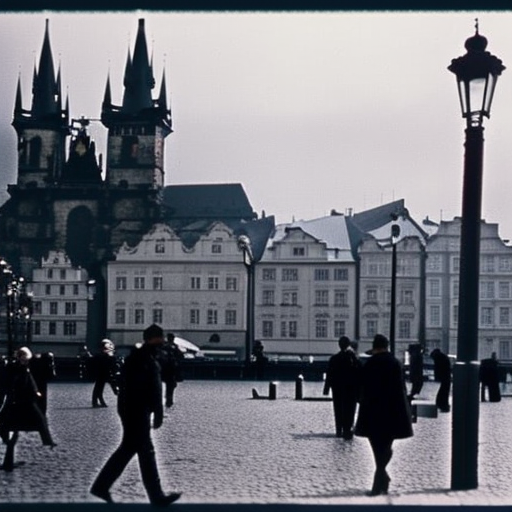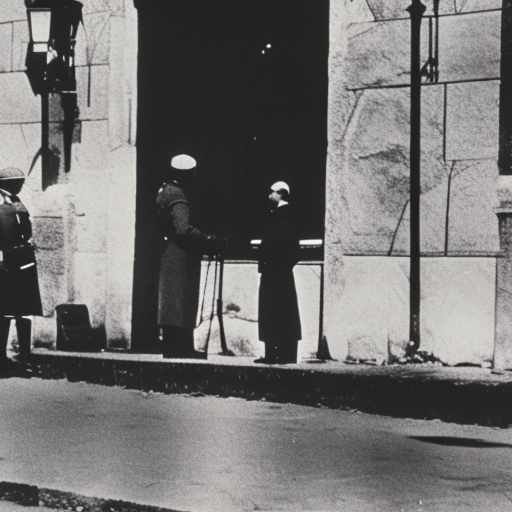The Hungarian Revolution (1956)
The Hungarian Revolution of 1956 was a popular uprising against the Soviet-backed government in Hungary. It began as a peaceful student protest but quickly escalated into a full-scale revolution. The revolutionaries demanded political freedom, the withdrawal of Soviet troops, and an end to the one-party rule of the Hungarian Working People’s Party.
Background
Hungary had been under Soviet control since the end of World War II. The Hungarian Working People’s Party, a communist party, was established with Soviet support and held a monopoly on power. The government implemented policies that restricted political freedom and suppressed dissent. These policies, combined with economic hardships and a lack of personal freedoms, led to widespread discontent among the Hungarian people.
The Revolution Begins
On October 23, 1956, a peaceful student demonstration took place in Budapest to show solidarity with the Polish anti-communist movement. The protesters called for political reforms and an end to Soviet influence in Hungary. As the demonstration grew in size, the government responded with force, leading to clashes between the protesters and the police.
Escalation and Demands
The violence of the police response to the peaceful demonstration sparked widespread anger and led to a wave of protests and strikes across the country. The revolutionaries quickly organized themselves into armed groups and began to take control of key strategic locations. They demanded the withdrawal of Soviet troops, the release of political prisoners, and the establishment of a multi-party system.
Imre Nagy and the New Government
As the revolution gained momentum, the Hungarian Working People’s Party appointed Imre Nagy as the new Prime Minister. Nagy was seen as a reformist and promised to address the demands of the revolutionaries. He declared Hungary’s intention to withdraw from the Warsaw Pact and called for negotiations with the Soviet Union.
Soviet Intervention
The Soviet Union, however, was not willing to tolerate the threat to its control over Hungary. On November 4, Soviet forces launched a massive military intervention, using tanks and troops to crush the revolution. The Hungarian resistance was no match for the Soviet military might, and the revolution was brutally suppressed.
Aftermath
Following the Soviet intervention, thousands of Hungarians were killed, and many more were imprisoned or forced into exile. Imre Nagy was arrested and executed for his role in the revolution. The Soviet-backed government reestablished control and cracked down on dissent, ensuring the continuation of one-party rule.
Legacy
The Hungarian Revolution of 1956 was a significant event in the Cold War era. It demonstrated the desire of the Hungarian people for freedom and independence from Soviet domination. Although the revolution was ultimately crushed, it inspired other anti-communist movements across Eastern Europe and served as a symbol of resistance against Soviet oppression.
Conclusion
The Hungarian Revolution of 1956 was a popular uprising against Soviet-backed communist rule in Hungary. It began as a peaceful student protest but quickly escalated into a full-scale revolution. The revolutionaries demanded political freedom, the withdrawal of Soviet troops, and an end to one-party rule. The Soviet Union responded with a brutal military intervention, crushing the revolution and reestablishing control. Despite its ultimate failure, the Hungarian Revolution inspired other anti-communist movements and remains a symbol of resistance against Soviet oppression.
